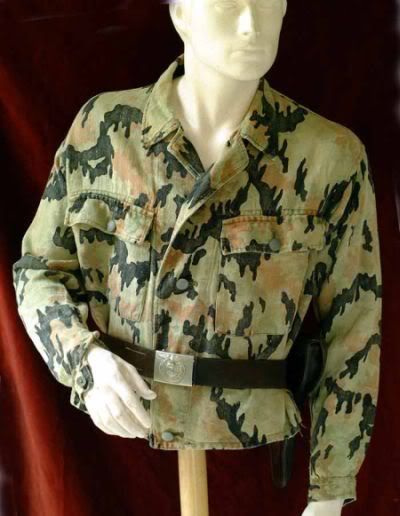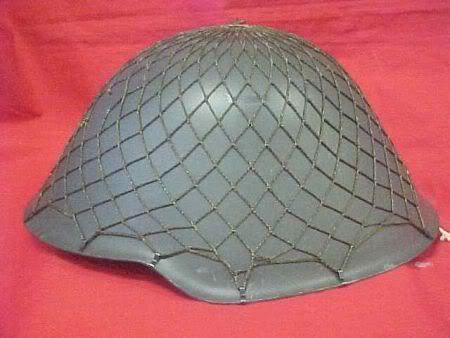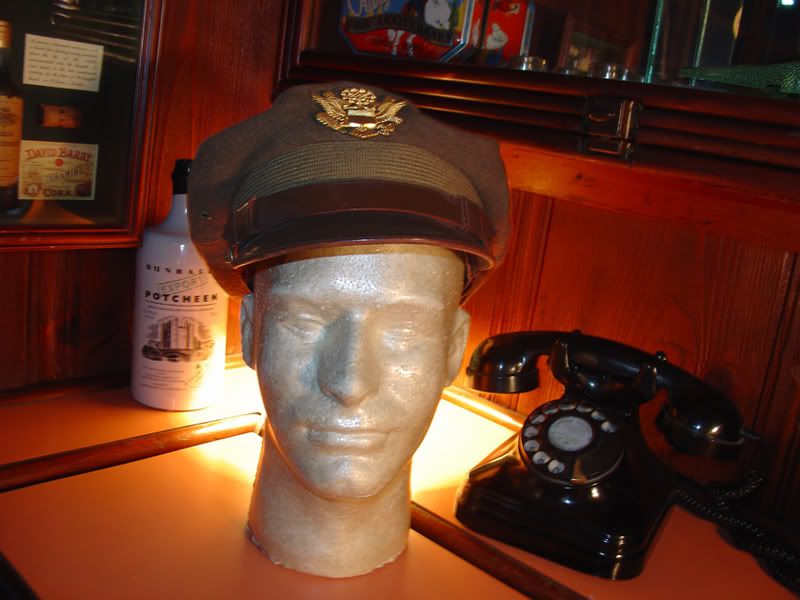Do not forget the Arado 234 "Blitz"
For me, the best plane at this time and also the best design.
This is also the reason, why the US avaitation industry made a very big step forward after WWII, they took everything to the
states and got on this way many ideas.
http://www.aeronautics.ru/archive/w...3 abandoned at a German airfield apr 1945.jpg
For me, the best plane at this time and also the best design.
This is also the reason, why the US avaitation industry made a very big step forward after WWII, they took everything to the
states and got on this way many ideas.
http://www.aeronautics.ru/archive/w...3 abandoned at a German airfield apr 1945.jpg






